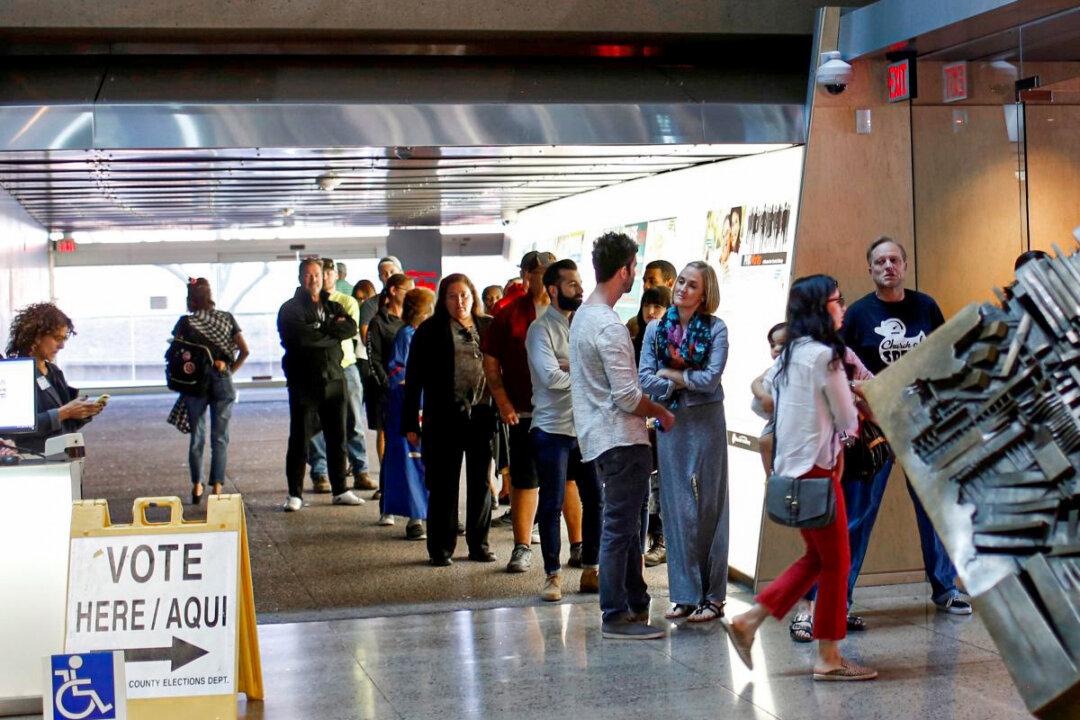Commentary
The U.S. midterm elections will be held on Nov. 8. Seven-plus months to the election is a lifetime in politics, but it is not too early to speculate about the impact of the Russo-Ukrainian war on the election outcome.

The U.S. midterm elections will be held on Nov. 8. Seven-plus months to the election is a lifetime in politics, but it is not too early to speculate about the impact of the Russo-Ukrainian war on the election outcome.